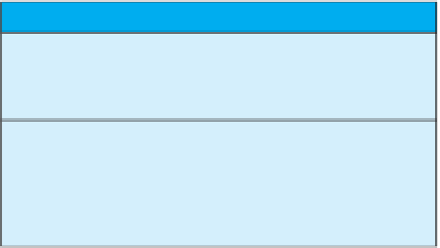Java Reference
In-Depth Information
Chapter Summary
•
The
Unified Modeling Language (UML)
is a graphical representation language for
object-oriented software design.
•
Patterns
are design principles that apply across a variety of software applications.
•
The patterns discussed in this chapter are the
Container-Iterator
,
Adaptor
,
Model-
View-Controller
, and
Divide-and-Conquer Sorting
patterns.
•
UML is one formalism that can and is used to express patterns.
Answers to Self-Test Exercises
1. There are many correct answers. The following is one:
Circle
— radius:
double
— centerX:
double
— centerY:
double
+ resize(
double
newRadius):
void
+ move(
double
newX,
double
newY):
void
# erase():
void
. . .
2. The method
sameName
is not listed in the class diagram for
Student
. So, you
follow the arrow to the class diagram for
Person
. The method
sameName
with a
single parameter of type
Person
is in the class diagram for
Person
. Because you
know a
Student
is a
Person
, you know that this definition works for the method
sameName
with a single parameter of type
Student
. So, the definition used for the
method
sameName
is in the class definition of
Person
.
3. You start at the class diagram for
Student
. The method
setStudentNumber
with a
single parameter of type
int
is in the class diagram for
Student
, so you need look
no further. The definition used for the method
setStudentNumber
is in the class
definition of
Student
.
4. The code for this is also on the website that comes with this topic. This code is
in the file
SelectionSort.java
. A demonstration program is in the file
SelectionSortDemo.java
.
extra code
on website


